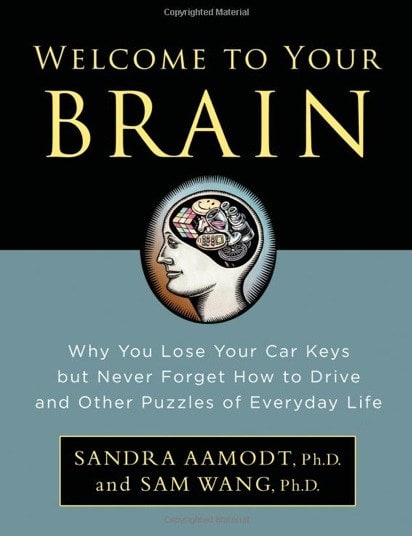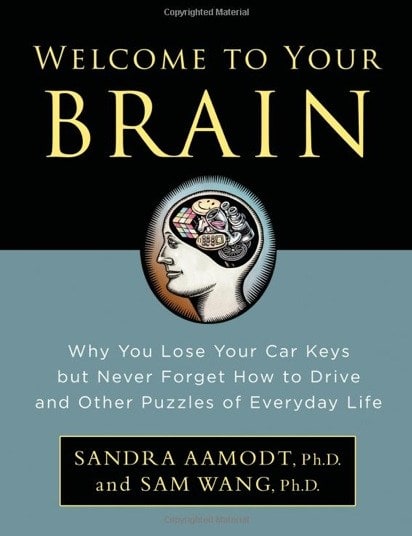 People get many ideas about how their brains work from entertainment or folk wisdom. But modern neuroscience has proved many of these ideas to be wrong. The facts are more fun – and more useful.
People get many ideas about how their brains work from entertainment or folk wisdom. But modern neuroscience has proved many of these ideas to be wrong. The facts are more fun – and more useful.
Myth 1: You only use 10 percent of your brain
Truth: You use all of your brain. The 10-percent myth became popular with the self-help teachings of Dale Carnegie, as a way of helping people think about how to realize their own potential. But you need your whole brain, which is why strokes can be so devastating.
Myth 2: Playing classical music to an infant can make the child smarter
Myth 3: Drinking alcoholic beverages kills brain cells
Truth: In very heavy amounts, drinking for years does cause brain shrinkage. But this shrinkage is usually reversible. Furthermore, the brain cells don’t die – they shrink individually. So although drinking can be bad for your brain, in moderation it’s safe. In fact, drinking red wine can even be protective, probably in part by reducing the risk of stroke. The safe amount is three glasses a day for men, and two for women – a total of one bottle per couple.
Myth 4: Games like Sudoku and Brain Age keep your brain young
Truth: It is great to be mentally engaged, and puzzles can help you get good at a specific skill, like memorizing grocery lists or hand-eye coordination. But most evidence suggests that practicing a task only helps you get better at that particular task. Far better for mental function is physical exercise. Regular fitness training is especially effective in the elderly, who may suffer from gradual problems with “executive function,” including planning ahead and abstract thinking.
Myth 5: In a noisy place, you can hear better on your cell phone by covering your other ear
Truth: You can get a far better result by covering the mouthpiece while you are listening. This is because your phone feeds back all the room noise into the earpiece. Your brain is very good at separating left-ear sounds from right-ear sounds. By covering the mouthpiece, you create a situation that makes it easy for your brain to hear what’s coming over the phone.
Myth 6: Vaccines cause autism
Truth: Concerned parents of autistic children are drawn to this idea because during child development, the first symptoms appear around the time that children receive vaccinations. But in several countries, removing the additive to vaccines that is said to cause autism, thimerosal, has had no effect on rates of autism. Autism is a partially hereditary disease, and is caused by the inheritance of multiple “bad” genes. However, the identity of those genes is not yet known.
From Sandra Aamodt and Sam Wang, authors of Welcome To Your Brain: Why You Lose Your Car Keys But Never Forget How To Drive And Other Puzzles Of Everyday Life.
Check out their blog: Welcome to your Brain which tells you where to buy it along with the different translations the book is available in.
Excerpt used with permission



